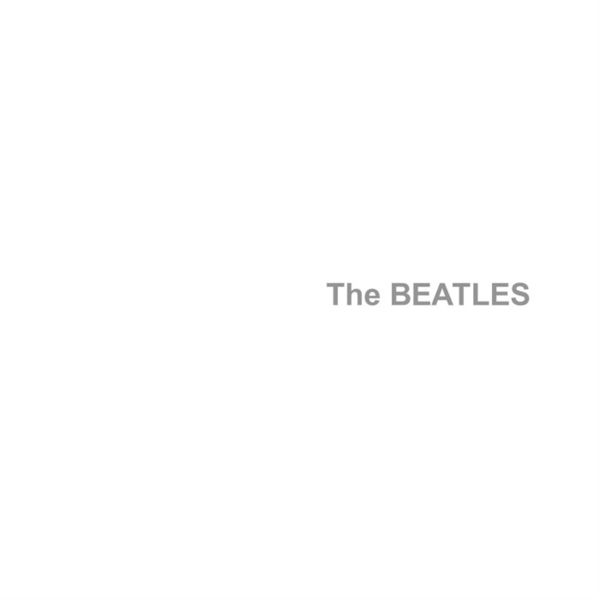File:Beatles-white-album.jpg
From Beatles Wiki - Interviews, Music, Beatles Quotes

The Beatles (aka "The White Album")
The album's sleeve was designed by Richard Hamilton, a notable pop artist who had organised a Marcel Duchamp retrospective at the Tate Gallery the previous year. Hamilton's design was in stark contrast to Peter Blake's vivid cover art for Sgt. Pepper's Lonely Hearts Club Band, and consisted of a plain white sleeve. The band's name was discreetly embossed slightly below the middle of the album's right side, and the cover also featured a unique stamped serial number, "to create," in Hamilton's words, "the ironic situation of a numbered edition of something like five million copies."[citation needed] Indeed, the artist intended the cover to resemble the "look" of conceptual art, an emerging movement in contemporary art at the time. Later vinyl record releases in the US showed the title in grey printed (rather than embossed) letters. Early copies on compact disc were also numbered. Later CD releases rendered the album's title in black or grey. The 30th anniversary CD release was done to look like the original album sleeve, with an embossed title and serial number, including a small reproduction of the poster and pictures (see re-issues).
The album's inside packaging included a poster, the lyrics to the songs, and a set of photographs taken by John Kelly during the autumn of 1968 that have themselves become iconic. This is the only sleeve of a Beatles studio album not to show the members of the band on the front.
Tape versions of the album did not feature a white cover. Instead, cassette, reel-to-reel, and 8-track versions (first issued on two cartridges in early 1969) contained cover artwork that featured high contrast black and white (with no grey) versions of the four Kelly photographs. In both the cassette and 8-track versions of the album, the two tapes were sold in a black slip-cover box that bore the title, "The Beatles" and the outline of an apple, embossed in silver. This departure from the LP's design not only made it difficult for less-informed fans to identify the tape in record stores, but it also led some fans at the time to jokingly refer to the 8-track or cassette not as the "white album" but as the "black tape." In 1988, Capitol/EMI re-issued the 2-cassette version of the album, still with the same cover artwork as the original cassettes, but without the black slip-cover box.
From: Wikipedia
File history
Click on a date/time to view the file as it appeared at that time.
| Date/Time | Thumbnail | Dimensions | User | Comment | |
|---|---|---|---|---|---|
| current | 20:15, 2 January 2010 |  | 700 × 700 (8 KB) | BWadmin (Talk | contribs) | '''''The Beatles (aka "The White Album")'''''<br /> The album's sleeve was designed by Richard Hamilton, a notable pop artist who had organised a Marcel Duchamp retrospective at the Tate Gallery the previous year. Hamilton's design was in stark contrast |
- You cannot overwrite this file.
File usage
The following page links to this file: